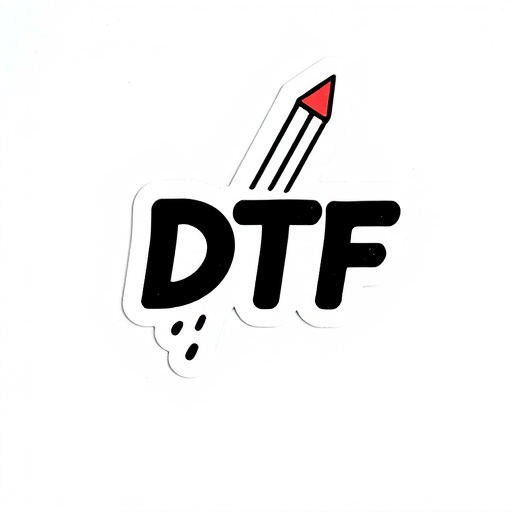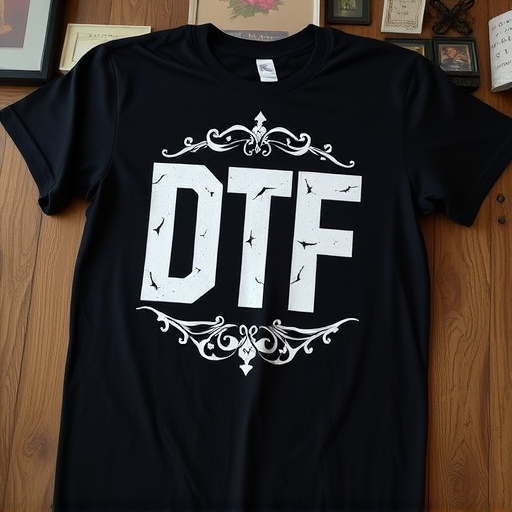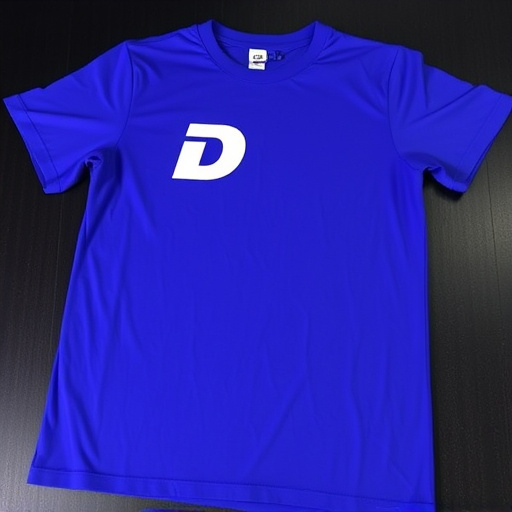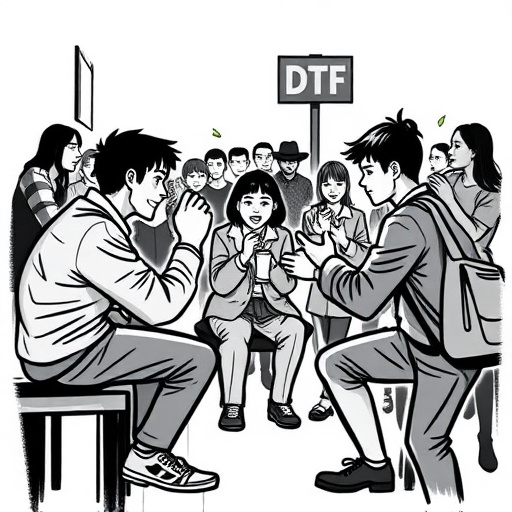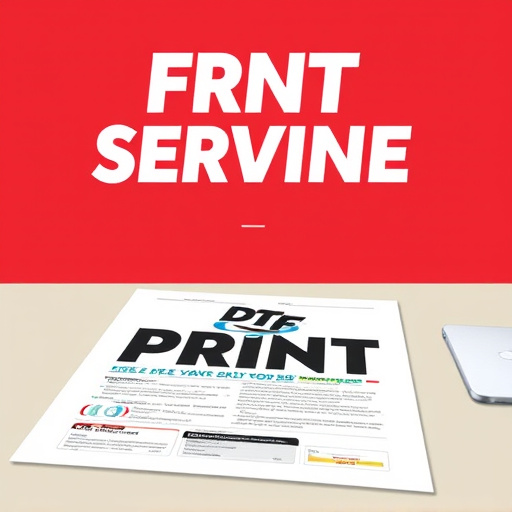Direct to Film (DTF) printing offers custom product creation but faces challenges like print file preparation issues, incompatible films, and ambient temperature impact. Vital steps for success include optimal conditions, careful file prep, addressing ink problems, proper paper feed & alignment, regular maintenance, and using compatible high-quality inks.
Direct to film printing is a precise art, but common issues can arise, leaving print enthusiasts frustrated. This comprehensive guide tackles the top problems that plague direct to film printing jobs. From ink discrepancies to paper feed mishaps, we’ll demystify these hurdles and provide actionable solutions. By understanding the root causes of these issues, you’ll gain the confidence to troubleshoot and produce vibrant, accurate prints every time.
- Understanding Common Direct to Film Printing Issues
- Identifying and Resolving Ink Problems
- Troubleshooting Paper Feed and Alignment Errors
Understanding Common Direct to Film Printing Issues

Direct to Film Printing (DTF) has become a popular method for creating custom t-shirts and other products, offering high-quality results with precise color reproduction. However, like any printing process, DTF isn’t immune to issues. Understanding these common problems is the first step in ensuring smooth operations and delivering exceptional prints. One of the primary challenges lies in the preparation of the print file. Inaccurate settings, poor image resolution, or incorrect color profiles can lead to blotchy prints, color shifts, or even missing details on the final product.
Another frequent issue is related to the DTF transfer film. The film’s quality and compatibility with the printing machine are crucial. Using a low-quality film may result in uneven transfers, while incompatible films can cause jamming or poor adhesion to the print medium. Additionally, ambient conditions, such as temperature and humidity, play a significant role. Extreme temperatures can affect the performance of both the printing equipment and the transfer film, leading to subpar results. Maintaining optimal environmental conditions is essential for consistent DTF printing success.
Identifying and Resolving Ink Problems

When it comes to Direct To Film (DTF) printing, ink issues are a common problem that can disrupt your workflow and compromise the quality of your prints. The first step in troubleshooting is identifying the specific problem. For instance, if your printed designs have streaky or uneven ink distribution, it could be due to air bubbles trapped under the ink or improper printing speed settings. Alternatively, faded colors or white spots might indicate inadequate ink density or a faulty print head.
Once identified, resolving these issues involves simple yet effective measures. Regular cleaning of the print head and ensuring proper maintenance can prevent most ink problems. Using high-quality inks compatible with your DTF printer is also crucial to achieving consistent results. For instances, when dealing with cold peel DTf transfers, adjusting printing temperature settings or using specialized inks designed for this technique can significantly improve outcomes.
Troubleshooting Paper Feed and Alignment Errors

Direct to film printing, while offering unparalleled customization for items like direct to film personalized hoodies, can be plagued by issues related to paper feed and alignment. These problems often stem from factors such as improper paper loading, misalignment of the print head, or inconsistencies in the feeding mechanism. To address cold peel dtf transfers or dtf heat transfer paper not aligning correctly, ensure the paper is loaded smoothly and evenly into the printer. Double-check that all guides and alignment marks are correctly positioned before initiating the print job. A precise and stable paper feed is crucial for achieving crisp, accurate prints without any misalignment or distortion.
Regular maintenance of your printing equipment, including cleaning the feed rollers and ensuring they rotate smoothly, can significantly reduce occurrences of these errors. Some printers also offer calibration features that allow you to adjust settings for optimal paper alignment. If dtf heat transfer paper continues to feed improperly, consider checking for any debris or blockages in the feeding path. Addressing these issues promptly will ensure your printing process remains seamless and your direct to film personalized hoodies turn out flawlessly each time.
Direct to film printing has become a go-to method for many businesses, but it’s not without its challenges. By understanding common issues like ink problems and paper feed errors, you can efficiently troubleshoot and resolve them using simple techniques. With the right knowledge, direct to film printing can be a reliable, high-quality process, ensuring your prints meet professional standards every time.








